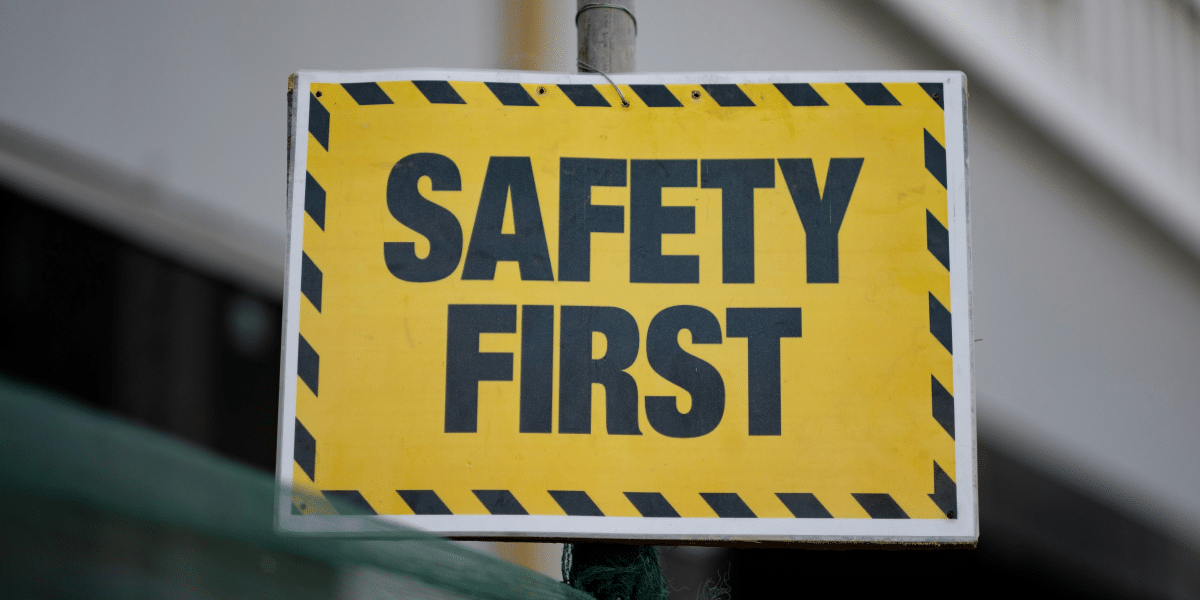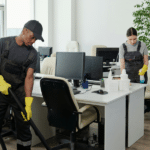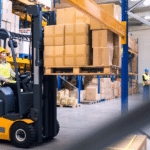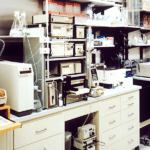In modern workplaces, managing hazardous materials calls for stringent safety measures and equipment to mitigate risks associated with flammable substances. This article delves into the critical components of workplace safety, focusing on the indispensable role of a flammable storage cabinet for securing volatile substances, and the importance of having a comprehensive spill response plan that includes a well-equipped spill kit. By understanding and implementing these essentials, businesses can safeguard their employees and assets, while complying with regulatory standards.
Understanding the Risks of Flammable Substances
Managing flammable substances in any workspace demands an intrinsic understanding of the risk they pose. Flammable materials can easily ignite from sparks, static electricity, or high temperatures, leading to fires that can cause injury, loss of life, and property damage. Identifying all flammable substances within the workplace and evaluating their hazards is the first step in crafting an effective safety strategy.
The Significance of a Flammable Storage Cabinet
A key component of this strategy is investing in a high-quality flammable storage cabinet. These specially-designed cabinets provide a secure environment for storing flammable liquids and chemicals, reducing the risks of fire by limiting exposure to heat sources and potential sparks. Constructed to comply with safety regulations, these cabinets are essential for maintaining an orderly and secure workspace.
Features of a High-Quality Flammable Storage Cabinet
When choosing a flammable storage cabinet, it’s important to consider features such as fire-resistant materials, proper sealing, ventilation, and strong locking mechanisms. Additionally, the cabinet must be labelled clearly to warn of the potential dangers and ensure that only authorised personnel have access to its contents. Properly maintained flammable storage cabinets can significantly reduce the likelihood of accidents related to fire hazards in the workplace.
Instituting a Spill Response Plan
Beyond secure storage, a proactive approach to handling accidental spills is also paramount in workplace safety. An effective spill response plan outlines the procedures that employees must follow in the event of a chemical or flammable liquid spill. Such a plan ensures that spills are managed quickly and efficiently, minimising health risks and environmental damage.
Role of a Spill Kit in Spill Response
At the heart of any spill response plan is the spill kit. This kit contains tools and supplies specifically crafted to contain and clean up spills. It usually includes absorbents, protective clothing, disposal bags, and other necessary equipment to safely address spill incidents. Ensuring that these kits are easily accessible and that all employees are trained in their usage is critical for an effective spill response.
Training Staff on Handling Flammable Materials
Proper training of staff in handling and storing flammable materials, as well as in spill response procedures, is another vital element in workspace safety. Informed employees who understand the properties of the materials they work with and are aware of the procedures to follow when incidents occur, can prevent accidents or, at the very least, mitigate their impact.
Regular Audits and Drills
Conducting regular safety audits and drills ensures that safety protocols are being followed and that equipment like flammable storage cabinets and spill kits are functioning effectively. Audits help identify potential risks before they lead to accidents. Drills, on the other hand, reinforce training, ensuring employees remain proficient in their roles during an emergency.
Regulatory Compliance
In addition to protecting personnel and assets, implementing robust safety measures helps businesses comply with workplace safety regulations. These regulations often detail the specific requirements regarding the handling and storage of flammable substances, and companies failing to meet them may face significant penalties.
Understanding Local and Industry Standards
Businesses must stay informed about the local and industry-specific standards that apply to their operations. Regularly reviewing guidelines from health and safety authorities and industry organisations can help companies maintain compliance and avoid fines or legal complications.
Maintaining Equipment and Supplies
Maintaining safety equipment such as flammable storage cabinets and spill kits is as important as having them. Routine inspections should be conducted to ensure that everything is in working order and that no supplies within the spill kits are expired or depleted. Having a designated safety officer to oversee these tasks can be beneficial.
Emergency Contact Information and Documentation
Finally, a complete spill response plan includes emergency contact information and documentation procedures. Reporting spills and incidents to the appropriate authorities and recording them meticulously not only contributes to compliance but also helps in reviewing and improving spill response protocols.
Conclusion
The safety of the workplace is paramount, especially when dealing with flammable substances. Implementing the use of a secure flammable storage cabinet reduces the risk of ignition, while maintaining fully stocked spill kits ensures a swift response to any accidental releases. Comprehensive training, adherence to regulations, and proper maintenance of safety systems collectively create a secure environment for all. By prioritising these elements, businesses not only promote a culture of safety but also illustrate their commitment to protecting their workforce and the community at large.
Published by: Holy Minoza



















